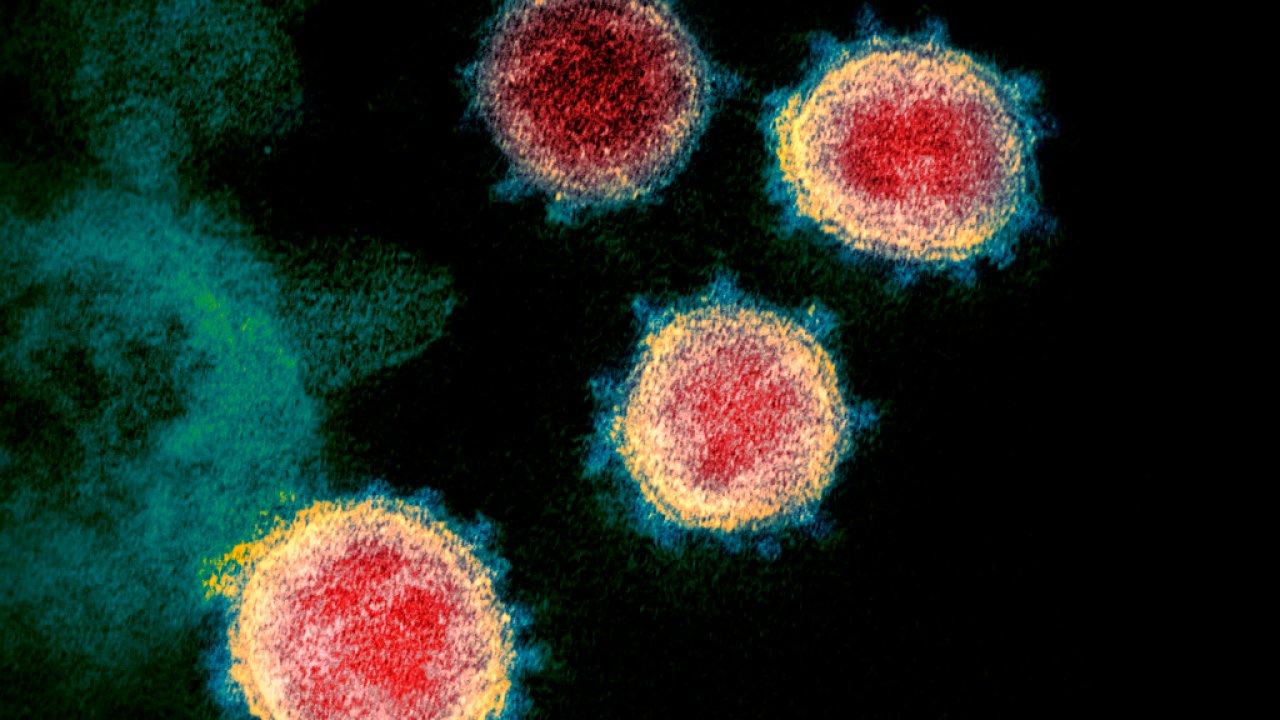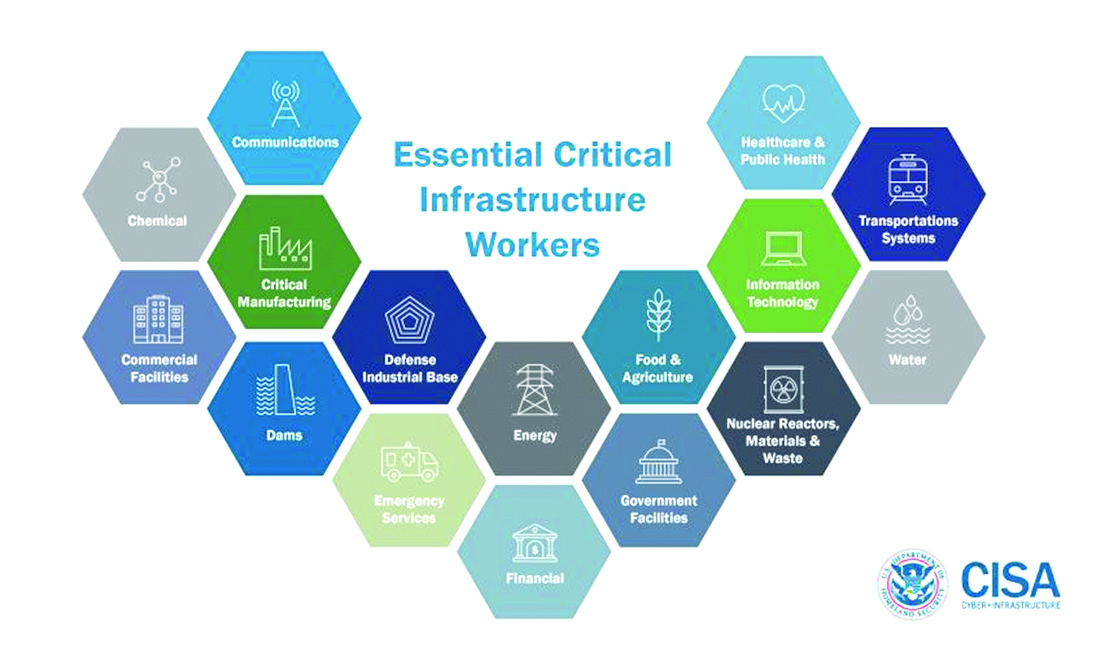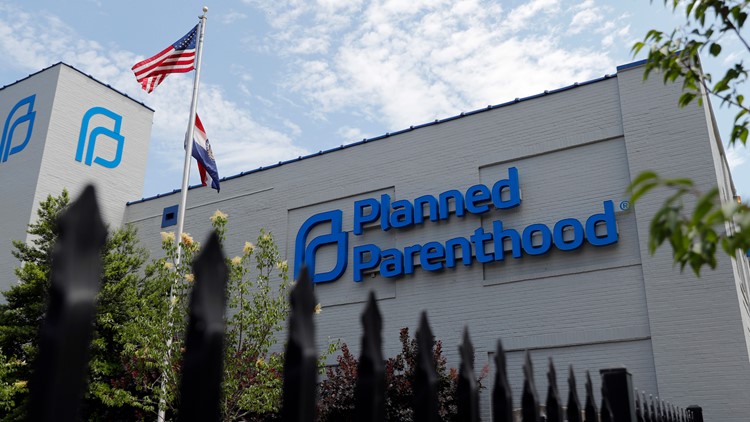Podcast: Play in new window | Download (Duration: 29:59 — 27.5MB)
Good afternoon. Welcome to the WFHB Local News for Monday, April 13th, 2020.
In today’s program, WFHB Assistant News Director Sydney Foreman interviews Bloomington Mayor John Hamilton in our first recurring segment “A Few Minutes with the Mayor.”
Coming up in the next half hour, WFHB News Correspondent Katrine Bruner reports on the state of abortions in Indiana in the wake of the Covid-19 pandemic.
Your Local Headlines:
The coronavirus death toll in Indiana rose to 343 over the weekend, including the first death reported in Monroe County, according to the Indiana State Department of Health.
The Monroe County Health Department (MCHD) announced Sunday morning that a Monroe County resident died at Indiana University Health Bloomington Hospital on 4/11/20. The patient was over the age of 70.
“It is with a heavy heart that we report the death of a resident due to COVID-19,” said MCHD administrator Penny Caudill. “It is a solemn reminder of how serious this virus is and why we must remain diligent in our efforts to slow the spread.”
No further information about the patient will be released due to privacy laws.
In all, the state now has about 8,000 confirmed cases.
The Associated Press reports, “For most people, the coronavirus causes mild or moderate symptoms, such as fever and cough that clear up in two to three weeks. For some, especially older adults and people with existing health problems, it can cause more severe illness, including pneumonia.”
On Saturday, health officials said drive-through coronavirus testing sites are getting ready to open in four Indiana cities for medical workers, first responders and essential workers with symptoms of COVID-19.

The Centers for Disease Control and Prevention gave directions on how the use of cloth face coverings helps in the effort to slow the spread of coronavirus.
CDC says “Cloth face coverings should—
• fit snugly but comfortably against the side of the face
• be secured with ties or ear loops
• include multiple layers of fabric
• allow for breathing without restriction
• be able to be laundered and machine dried without damage or change to shape”
CDC recommends wearing cloth face coverings in public settings where other social distancing measures are difficult to maintain (for example grocery stores and pharmacies), especially in areas of significant community-based transmission.
CDC also advises the use of simple cloth face coverings to slow the spread of the virus and help people who may have the virus and do not know it from transmitting it to others. Cloth face coverings fashioned from household items or made at home from common materials at low cost can be used as an additional, voluntary public health measure.
Cloth face coverings should not be placed on young children under age 2, anyone who has trouble breathing, or is unconscious, incapacitated or otherwise unable to remove the cloth face covering without assistance.
The cloth face coverings recommended are not surgical masks or N-95 respirators. Those are critical supplies that must continue to be reserved for healthcare workers and other medical first responders, as recommended by current CDC guidance.
Cloth face coverings should be routinely washed depending on the frequency of use.
A washing machine should suffice in properly washing a cloth face covering.
Individuals should be careful not to touch their eyes, nose, and mouth when removing their cloth face covering and wash hands immediately after removing.

To ensure continuity of operations of essential functions, CDC advises that critical infrastructure workers may be permitted to continue work following potential exposure to COVID-19, provided they remain asymptomatic and additional precautions are implemented to protect them and the community.
A potential exposure means being a household contact or having close contact within 6 feet of an individual with confirmed or suspected COVID-19. The timeframe for having contact with an individual includes the period of time of 48 hours before the individual became symptomatic.
Critical Infrastructure workers who have had an exposure but remain asymptomatic should adhere to the following practices prior to and during their work shift:
Pre-Screen: Employers should measure the employee’s temperature and assess symptoms prior to them starting work. Ideally, temperature checks should happen before the individual enters the facility.
Regular Monitoring: As long as the employee doesn’t have a temperature or symptoms, they should self-monitor under the supervision of their employ- er’s occupational health program.
Wear a Mask: The employee should wear a face mask at all times while in the workplace for 14 days after last exposure. Employers can issue facemasks or can approve employees’ supplied cloth face coverings in the event of shortages.
Social Distance: The employee should maintain 6 feet and practice social distancing as work duties permit in the workplace.
Disinfect and Clean work spaces: Clean and disinfect all areas such as offices, bathrooms, common areas, shared electronic equipment routinely.
If the employee becomes sick during the day, they should be sent home immediately.
Surfaces in their workspace should be cleaned and disinfected. Information on persons who had contact with the ill employee during the time the employee had symptoms and 2 days prior to symptoms should be compiled. Others at the facility with close contact within 6 feet of the employee during this time would be considered exposed.
Employers should implement the recommendations in the Interim Guidance for Businesses and Employers to Plan and Respond to Coronavirus Disease 2019 to help prevent and slow the spread of COVID-19 in the workplace. Additional information about identifying critical infrastructure during COVID-19 can be found on the DHS CISA website or the CDC’s specific First Responder Guidance page.

Feature Reports
- Governor Eric Holcomb said abortions are non-essential in a press conference and executive order. We turn to WFHB News Correspondent Katrine Bruner about the state of abortions in Indiana during the Covid-19 pandemic.
- Next up, WFHB Assistant News Director Sydney Foreman talks to Bloomington Mayor John Hamilton in our latest recurring Monday segment “A Few Minutes with the Mayor.” We now turn to Sydney Foreman as she asks Mayor Hamilton questions taken from our social media pages.
Credits:
- Headlines: Kade Young
- Feature Reports: Katrine Bruner and Sydney Foreman
- Theme Music: Mark Bingham and the Social Climbers
- Executive Producer: Kade Young
 WFHB Bloomington Community Radio
WFHB Bloomington Community Radio

